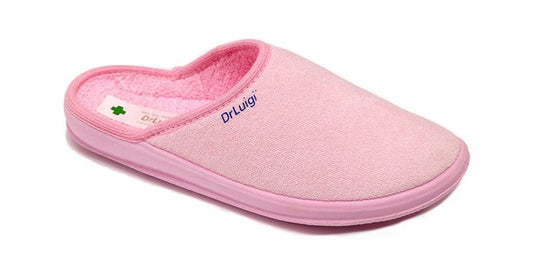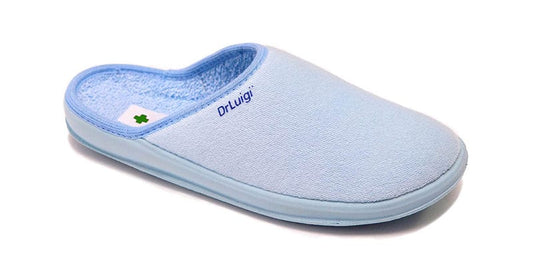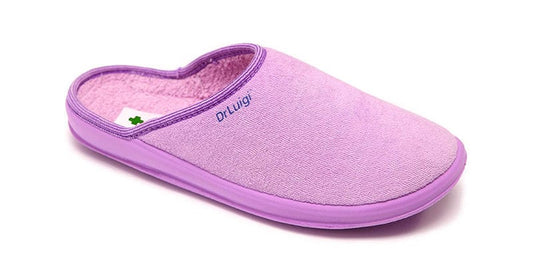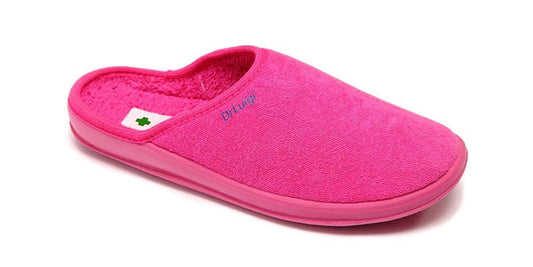If you believe you have pitted keratolysis, it could be tempting to overlook it
because most individuals don't experience pain from it. However, since one of
the primary symptoms is a strong, unpleasant smell, this is not a good idea.
Fortunately, this condition is completely curable, and if you take a few
precautions, you might even be able to prevent it entirely.
Pitted Keratolysis: What Is It?
This bacterial infection causes a great deal of little pits or holes to appear on
the skin's surface. Typically, it can be found between the toes and on the
bottoms of the feet. The heels, toe pads, and balls of your feet are pressure
points where the pits are especially common.
What is the condition's cause?
Sweat-covered feet are the ideal breeding habitat for bacteria since they thrive
in warm, humid environments. This may be a natural consequence of the
heat, but regardless of the weather, footwear is frequently the issue. The
culprits are frequently heavy work boots or fully enclosed, non-breathable
rubber boots. Diabetes mellitus patients are particularly vulnerable since
keratolysis is another frequent adverse effect of elevated blood sugar.
Destructive enzymes produced by the bacteria assault the skin's epidermis
(the stratum corneum). In essence, the skin is eaten away by the enzymes,
leaving a small pit or hole.
What Signs Are There?
Clusters of microscopic holes, or pits, are the defining feature of pitted
keratolysis. The pits are often bordered by white skin, although there is a
variety that shows up as angry-looking red patches of skin. The bacteria also
produce sulphur compounds, which are what give out the bad odor (which can
be intense).
If there are many pits, they could combine to create significant, crater-like
lesions. Although the condition appears worrying, it is rarely painful; rather, the
main problem is odorous feet. However, in some chronic conditions, patients
may feel a mild itch or soreness when applying pressure to the affected areas.
Fortunately, it doesn't happen often.

Who Is Most At Risk?
Athletes, military personnel, fisherman, construction and manufacturing
employees, for example, can all get this condition if they spend a lot of time on
their feet and wear enclosed, non-breathable footwear. It is, however, much
more common in men than in women.
For the prevention and mitigation of diseases, we recommend wearing DrLuigi
medical footwear.





